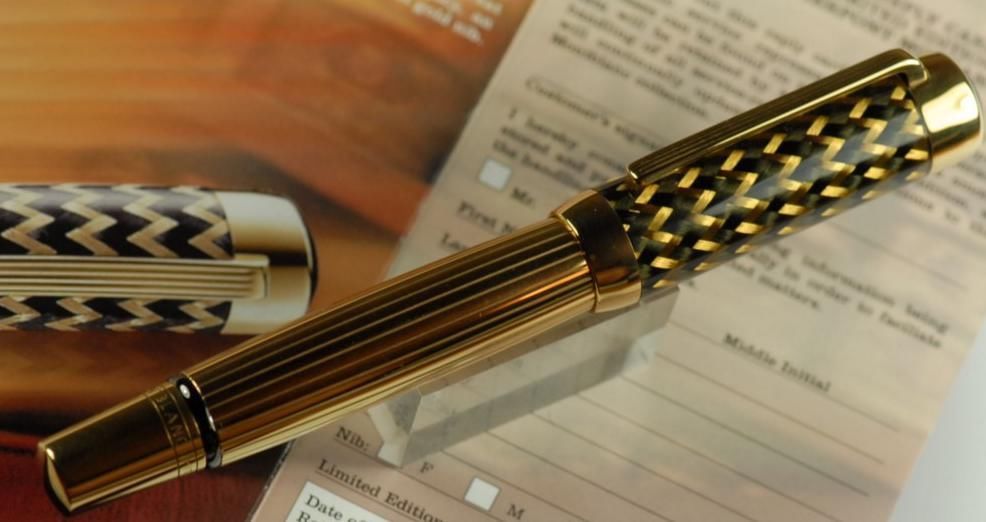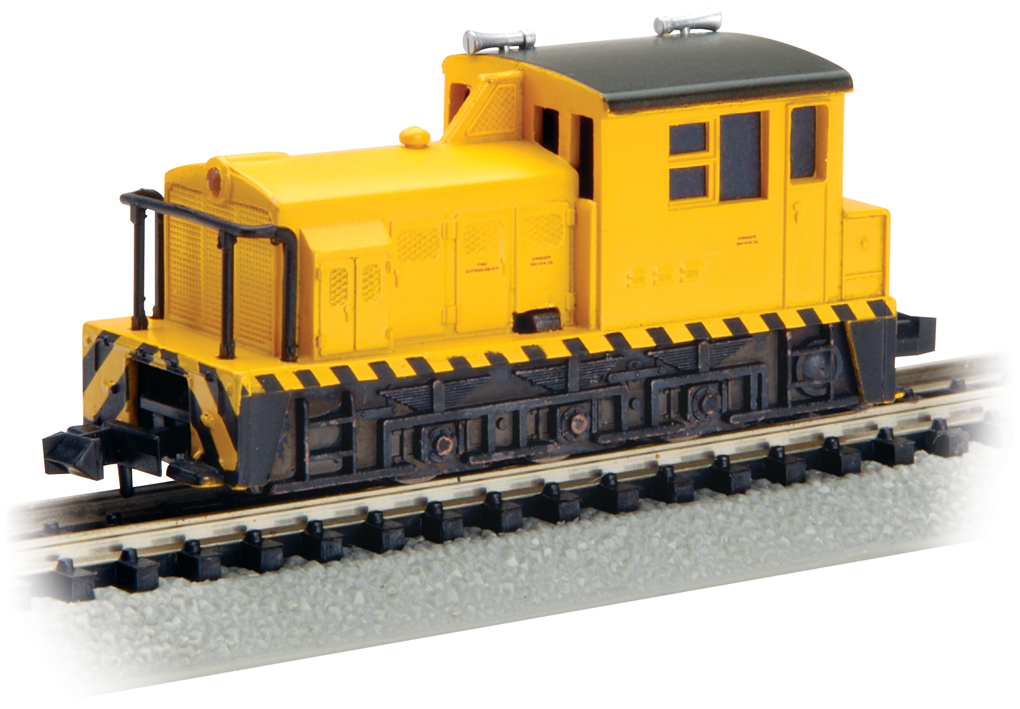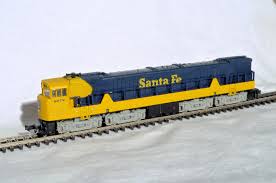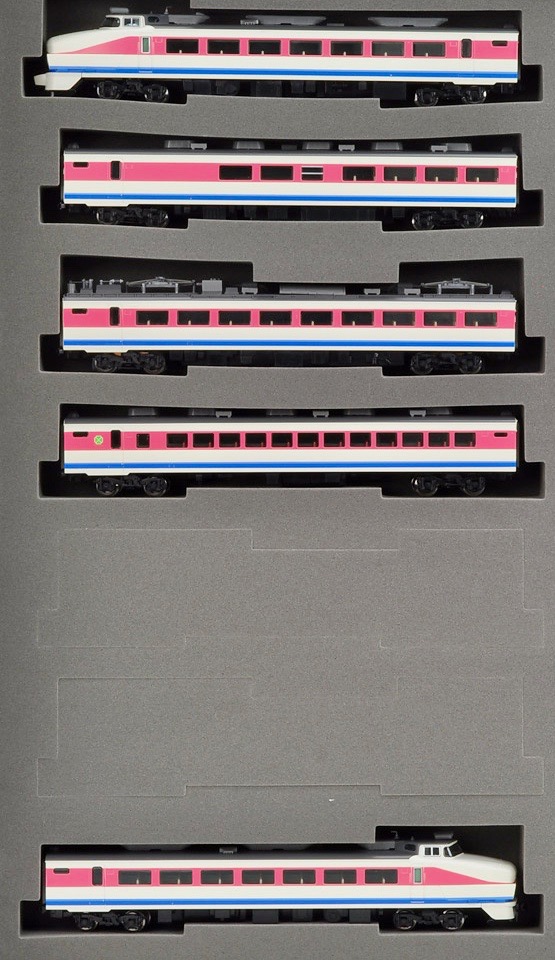Model Information: Introduced by Trainworx in 2016, these models feature: Die cast metal under frame for superior tracking;
Scale trucks with Fox Valley metal wheels;
Body mounted magnetic knuckle couplers;
Etched metal grab bars and stirrups.
In 1958, the New York Central introduced the new Flexi-Van Container-on-Flatcar (COFC). It was designed to help reclaim business that had been lost to trucks. With its specialized hardware, it provided a true intermodal transport system that used railroad transport for the long haul and highway transport for local pickup and delivery. Key to Flexi-Van were specially designed railroad flatcars with built-in compact turntables used in transferring containers from truck chassis without the need for circus ramps, overhead cranes, or forklifts. By virtue of its clever technology, Flexi-Van was intended to overcome many of the perceived disadvantages of COFC transport while making the most of the high quality service possible through intermodal transportation.
In 1958, the New York Central introduced the new Flexi-Van Container-on-Flatcar (COFC). It was designed to help reclaim business that had been lost to trucks. With its specialized hardware, it provided a true intermodal transport system that used railroad transport for the long haul and highway transport for local pickup and delivery. Key to Flexi-Van were specially designed railroad flatcars with built-in compact turntables used in transferring containers from truck chassis without the need for circus ramps, overhead cranes, or forklifts. By virtue of its clever technology, Flexi-Van was intended to overcome many of the perceived disadvantages of COFC transport while making the most of the high quality service possible through intermodal transportation.
Prototype History: A flatcar (US) (also flat car (US) or flat wagon (UIC)) is a piece of railroad (US) or railway (non-US) rolling stock that consists of an open, flat deck mounted on a pair of trucks (US) or bogies (UK), one at each end containing four or six wheels. Occasionally, flat cars designed to carry extra heavy or extra large loads are mounted on a pair (or rarely, more) of bogeys under each end . The deck of the car can be wood or steel, and the sides of the deck can include pockets for stakes or tie-down points to secure loads. Flatcars designed for carrying machinery have sliding chain assemblies recessed in the deck.
Flatcars are used for loads that are too large or cumbersome to load in enclosed cars such as boxcars. They are also often used to transport intermodal containers (shipping containers) or trailers as part of intermodal freight transport shipping.
COFC (Container On Flat Car) cars are typically 89' long and carry four 20' intermodal containers or two 40'/45' shipping containers (the two 45' containers are carryable due to the fact that the car is actually 92' long, over the strike plates). With the rise of intermodal freight transport-specific well cars that allow double stacking, and given the age of most of these flats, numbers will decline over the next several years
From Wikipedia
Flatcars are used for loads that are too large or cumbersome to load in enclosed cars such as boxcars. They are also often used to transport intermodal containers (shipping containers) or trailers as part of intermodal freight transport shipping.
COFC (Container On Flat Car) cars are typically 89' long and carry four 20' intermodal containers or two 40'/45' shipping containers (the two 45' containers are carryable due to the fact that the car is actually 92' long, over the strike plates). With the rise of intermodal freight transport-specific well cars that allow double stacking, and given the age of most of these flats, numbers will decline over the next several years
From Wikipedia
Road Name History: The New York Central Railroad (reporting mark NYC), known simply as the New York Central in its publicity, was a railroad operating in the Northeastern United States. Headquartered in New York City, the railroad served most of the Northeast, including extensive trackage in the states of New York, Pennsylvania, Ohio, Michigan, Indiana, Illinois, and Massachusetts, plus additional trackage in the Canadian provinces of Ontario and Quebec.
The railroad primarily connected greater New York and Boston in the east with Chicago and St.Louis in the midwest along with the intermediate cities of Albany, Buffalo, Cleveland, Cincinnati, and Detroit. NYC's Grand Central Terminal in New York City is one of its best known extant landmarks.
1853 company formation: Albany industrialist and Mohawk Valley Railroad owner Erastus Corning managed to unite ten railroads together into one system, and on March 17, 1853 executives and stockholders of each company agreed to merge. The merger was approved by the state legislature on April 2, and by May 17, 1853 the New York Central Railroad was formed.
In 1867 Vanderbilt acquired control of the Albany to Buffalo running NYC. On November 1, 1869 he merged the NYC with his Hudson River Railroad into the New York Central and Hudson River Railroad. Vanderbilt's other lines were operated as part of the NYC.
In 1914, the operations of eleven subsidiaries were merged with the New York Central & Hudson River Railroad, re-forming the New York Central Railroad. From the beginning of the merge, the railroad was publicly referred to as the New York Central Lines. In the summer of 1935, the identification was changed to the New York Central System.
In 1968 the NYC merged with its former rival, the Pennsylvania Railroad, to form Penn Central (the New York, New Haven and Hartford Railroad joined in 1969). That company went bankrupt in 1970 and was taken over by the federal government and merged into Conrail in 1976. Conrail was broken up in 1998, and portions of its system was transferred to the newly formed New York Central Lines LLC, a subsidiary leased to and eventually absorbed by CSX and Norfolk Southern. Those companies' lines included the original New York Central main line, but outside that area it included lines that were never part of the New York Central system. CSX was able to take one of the most important main lines in the nation, which runs from New York City and Boston to Cleveland, Ohio, as part of the Water Level Route, while Norfolk Southern gained the Cleveland, Ohio to Chicago, Illinois portion of the line called the Chicago line.
At the end of 1925, the New York Central System operated 11,584 miles (18,643 km) of road and 26,395 miles (42,479 km) of track; at the end of 1967 the mileages were 9,696 miles (15,604 km) and 18,454 miles (29,699 km).
Read more on Wikipedia.
The railroad primarily connected greater New York and Boston in the east with Chicago and St.Louis in the midwest along with the intermediate cities of Albany, Buffalo, Cleveland, Cincinnati, and Detroit. NYC's Grand Central Terminal in New York City is one of its best known extant landmarks.
1853 company formation: Albany industrialist and Mohawk Valley Railroad owner Erastus Corning managed to unite ten railroads together into one system, and on March 17, 1853 executives and stockholders of each company agreed to merge. The merger was approved by the state legislature on April 2, and by May 17, 1853 the New York Central Railroad was formed.
In 1867 Vanderbilt acquired control of the Albany to Buffalo running NYC. On November 1, 1869 he merged the NYC with his Hudson River Railroad into the New York Central and Hudson River Railroad. Vanderbilt's other lines were operated as part of the NYC.
In 1914, the operations of eleven subsidiaries were merged with the New York Central & Hudson River Railroad, re-forming the New York Central Railroad. From the beginning of the merge, the railroad was publicly referred to as the New York Central Lines. In the summer of 1935, the identification was changed to the New York Central System.
In 1968 the NYC merged with its former rival, the Pennsylvania Railroad, to form Penn Central (the New York, New Haven and Hartford Railroad joined in 1969). That company went bankrupt in 1970 and was taken over by the federal government and merged into Conrail in 1976. Conrail was broken up in 1998, and portions of its system was transferred to the newly formed New York Central Lines LLC, a subsidiary leased to and eventually absorbed by CSX and Norfolk Southern. Those companies' lines included the original New York Central main line, but outside that area it included lines that were never part of the New York Central system. CSX was able to take one of the most important main lines in the nation, which runs from New York City and Boston to Cleveland, Ohio, as part of the Water Level Route, while Norfolk Southern gained the Cleveland, Ohio to Chicago, Illinois portion of the line called the Chicago line.
At the end of 1925, the New York Central System operated 11,584 miles (18,643 km) of road and 26,395 miles (42,479 km) of track; at the end of 1967 the mileages were 9,696 miles (15,604 km) and 18,454 miles (29,699 km).
Read more on Wikipedia.
Brand/Importer Information:  Trainworx was founded in 1999 by Pat Sanders and is located in Delta Colorado. Their first freight car was the Quad hopper and it was released in 2000. They have been making N scale products ever since. Their website can be found at www.train-worx.com. As of 2016, they have produced 8 different rolling stock body styles as well as a range of different highway vehicles in N Scale. Their limited edition runs have proven a huge success with collectors and modelers enjoy the accuracy of all their products.
Trainworx was founded in 1999 by Pat Sanders and is located in Delta Colorado. Their first freight car was the Quad hopper and it was released in 2000. They have been making N scale products ever since. Their website can be found at www.train-worx.com. As of 2016, they have produced 8 different rolling stock body styles as well as a range of different highway vehicles in N Scale. Their limited edition runs have proven a huge success with collectors and modelers enjoy the accuracy of all their products.
Trainworx sells their products both through tradional retail channels as well as directly by phone order. When asked "What prompted you to found Trainworx?", Pat Sanders responded "There was a freight car that hadn't been done in N scale that I just had to have and it didn't look like anyone was ever going to make it."

Trainworx sells their products both through tradional retail channels as well as directly by phone order. When asked "What prompted you to found Trainworx?", Pat Sanders responded "There was a freight car that hadn't been done in N scale that I just had to have and it didn't look like anyone was ever going to make it."
Item created by: gdm on 2016-07-26 15:01:17. Last edited by gdm on 2022-03-14 10:04:37
If you see errors or missing data in this entry, please feel free to log in and edit it. Anyone with a Gmail account can log in instantly.
If you see errors or missing data in this entry, please feel free to log in and edit it. Anyone with a Gmail account can log in instantly.










